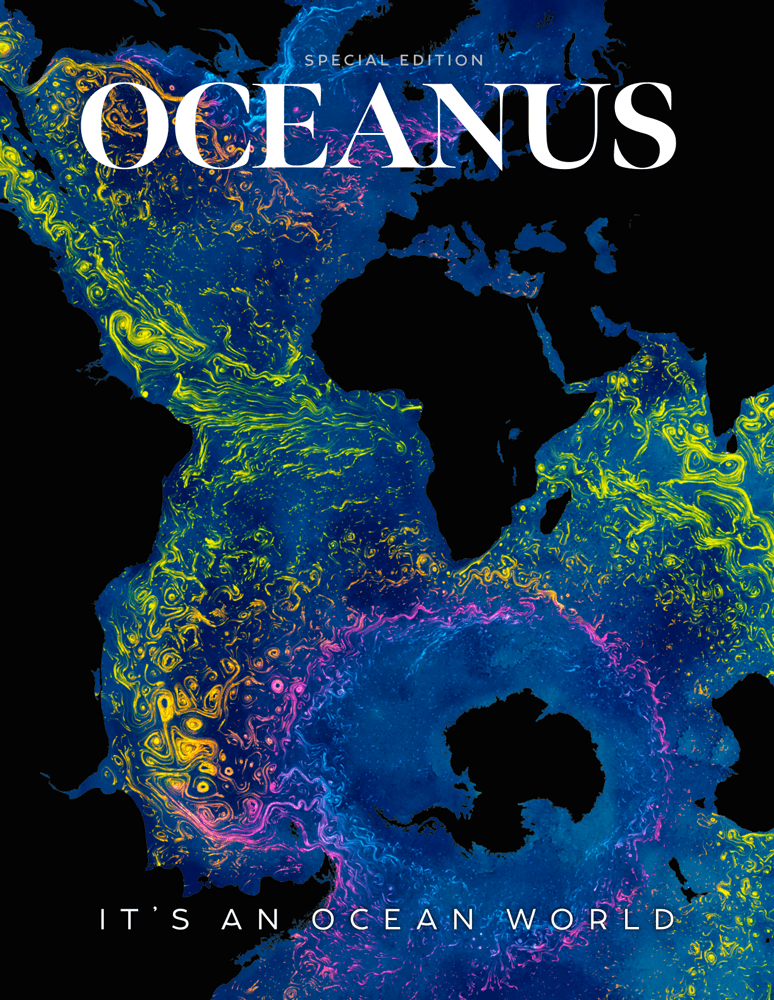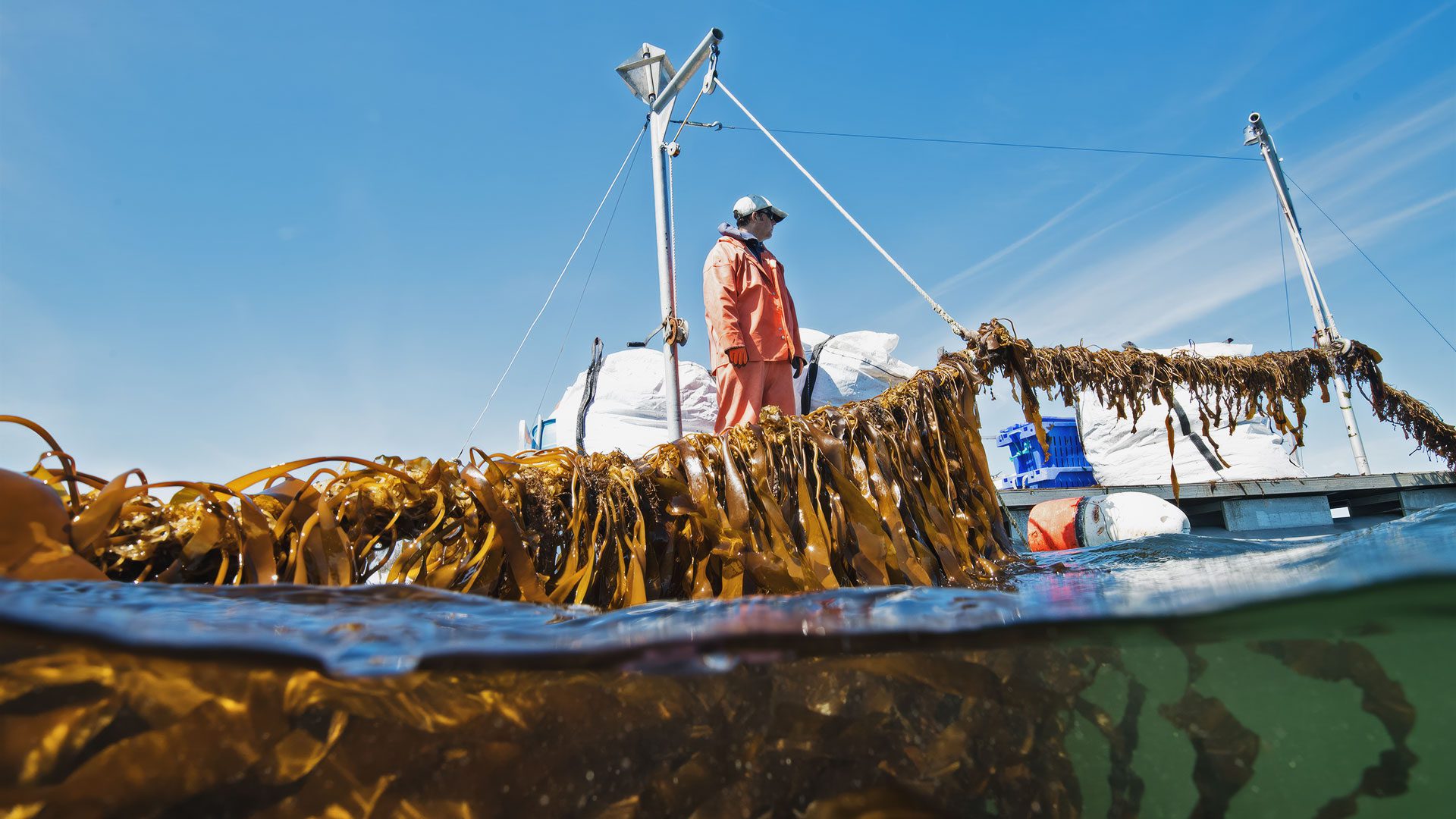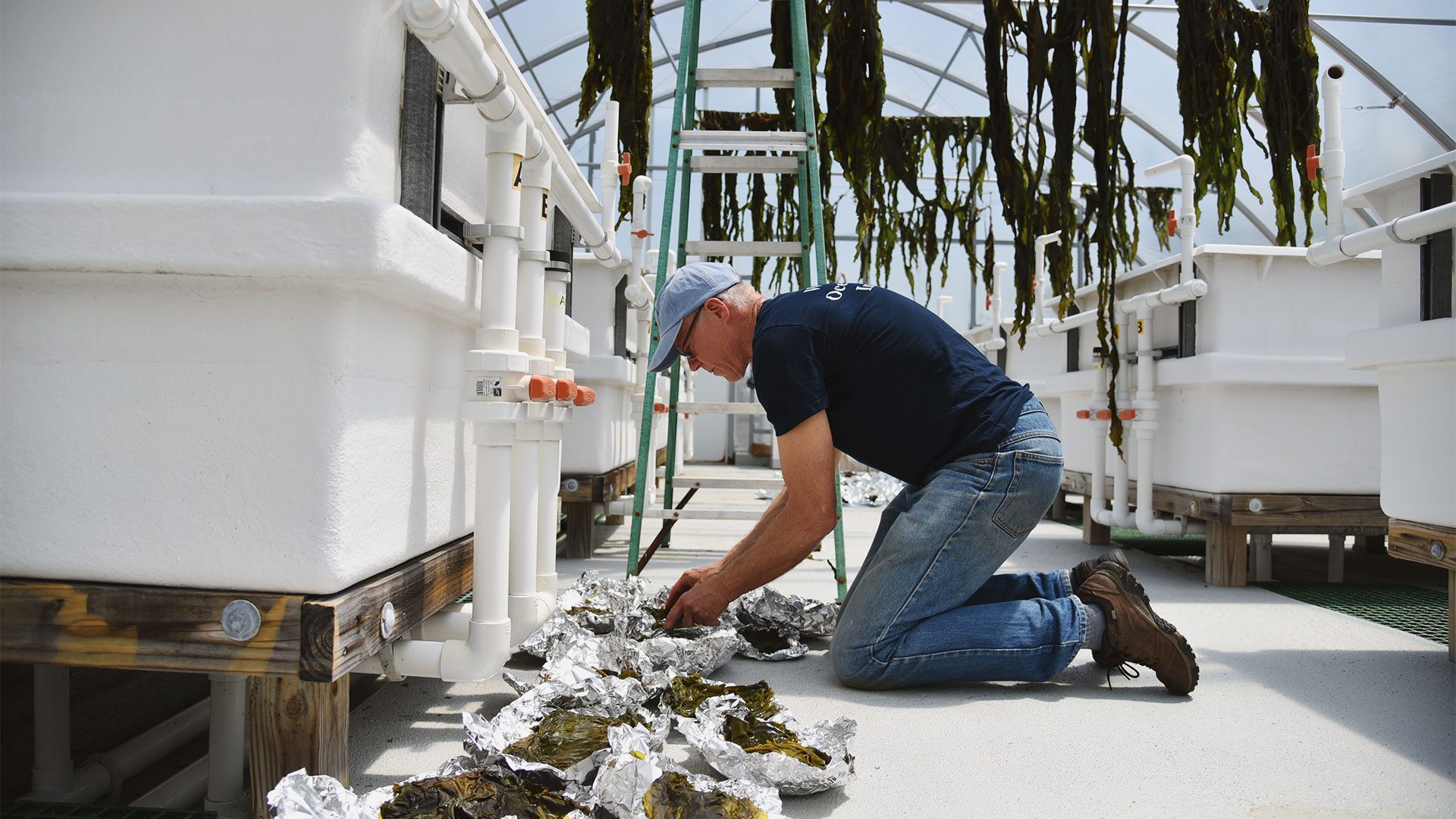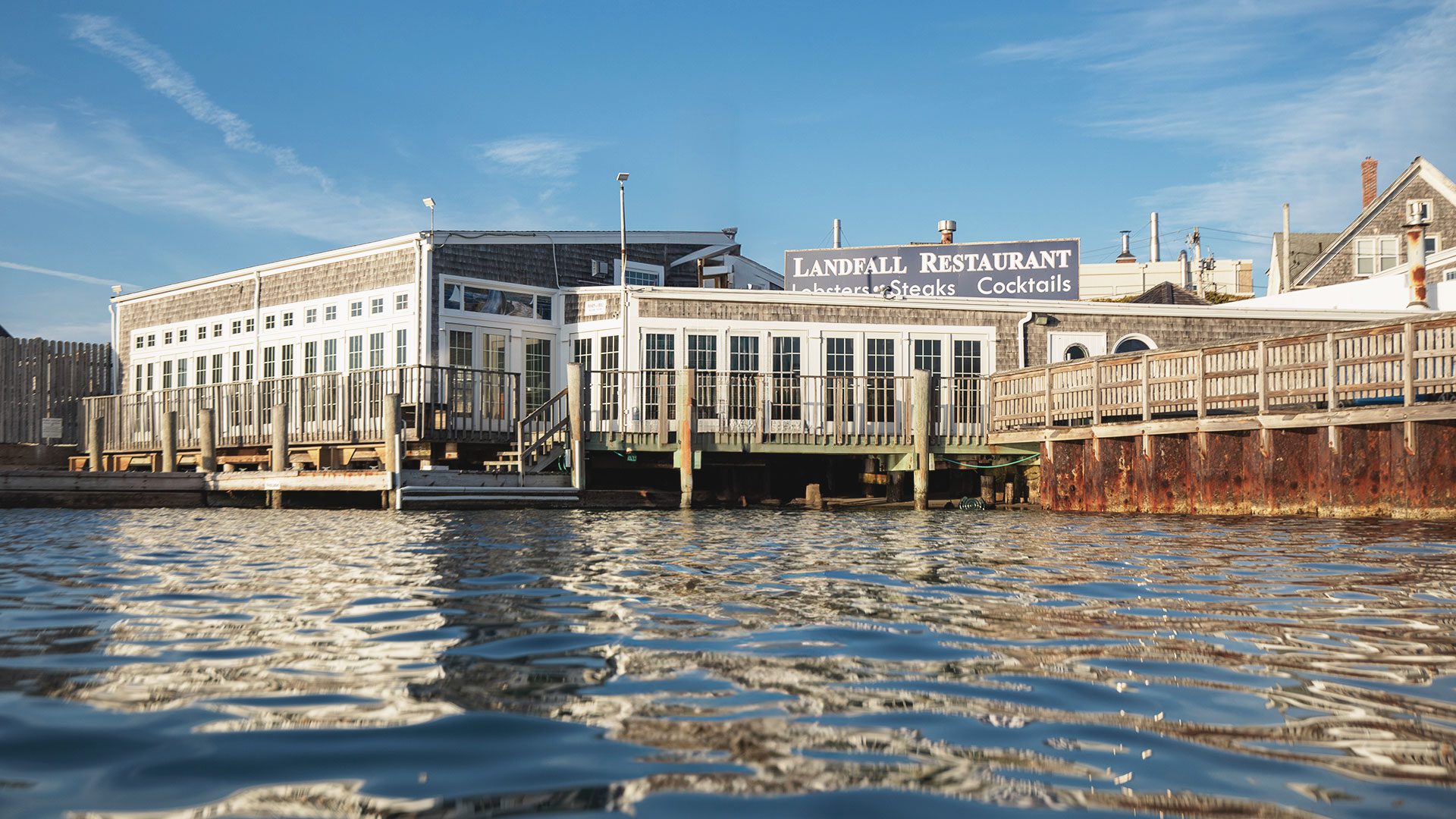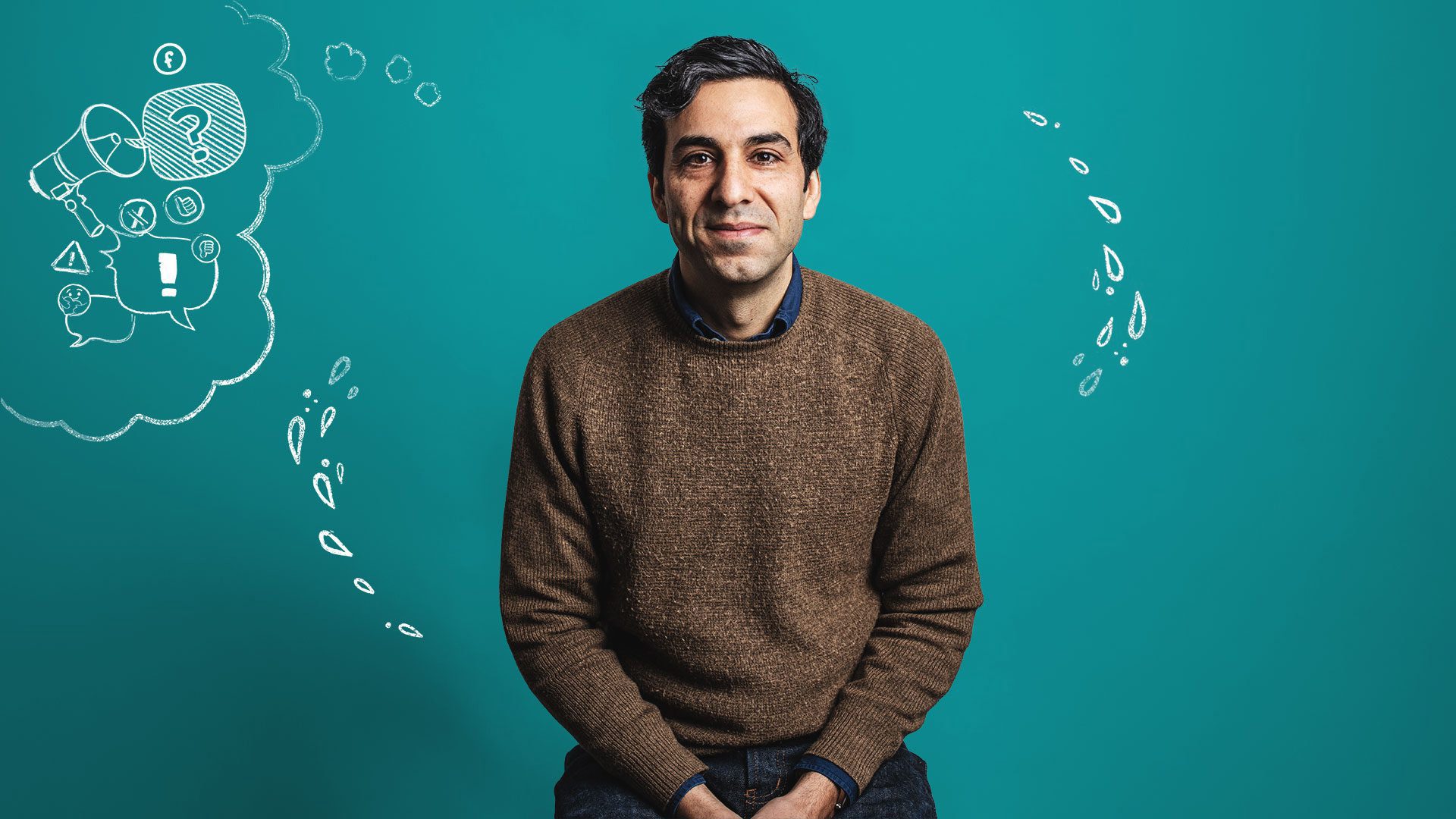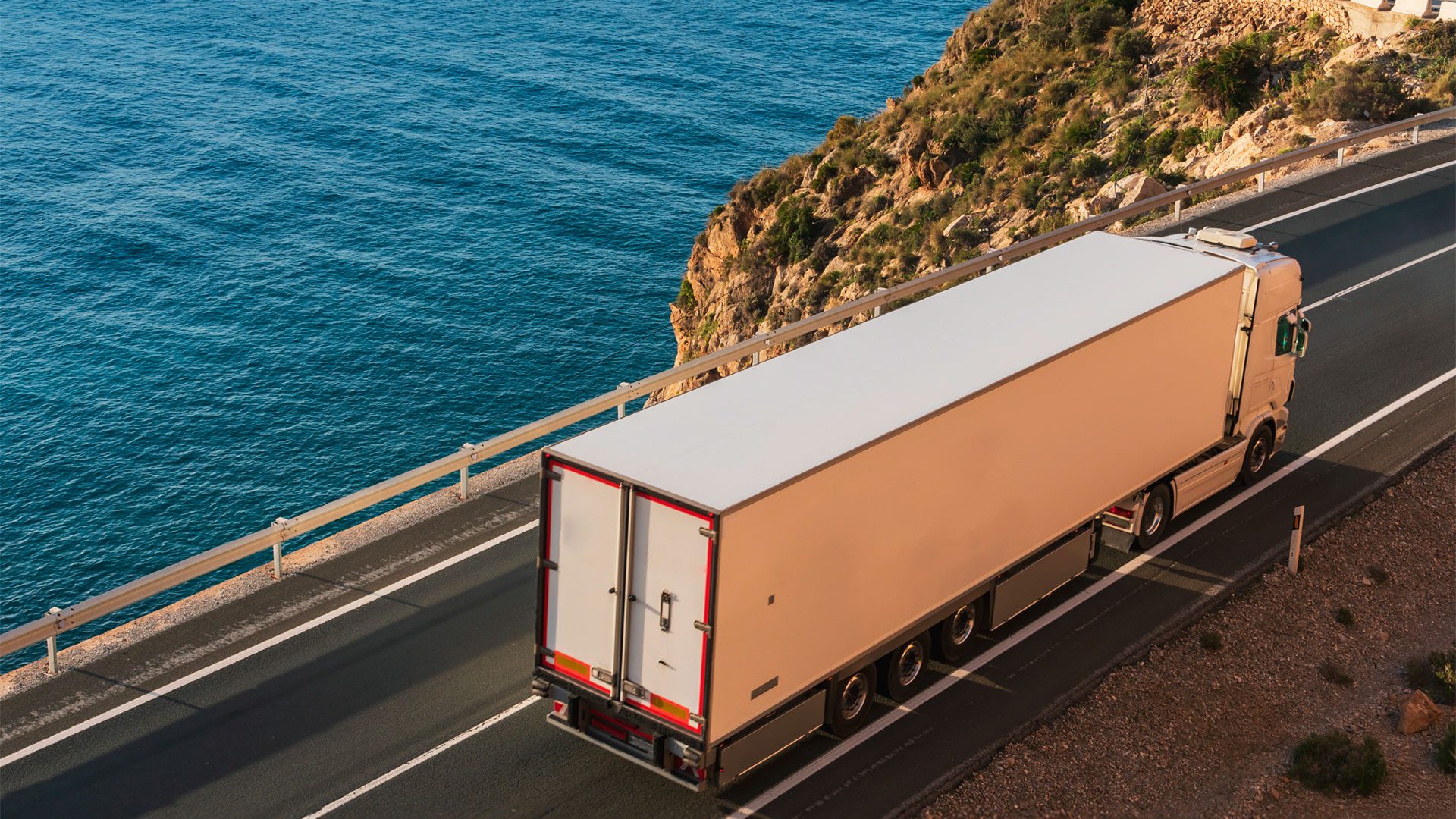
Harnessing the ocean to power transportation
WHOI scientists are part of a team working to turn seaweed into biofuel
Estimated reading time: 4 minutes
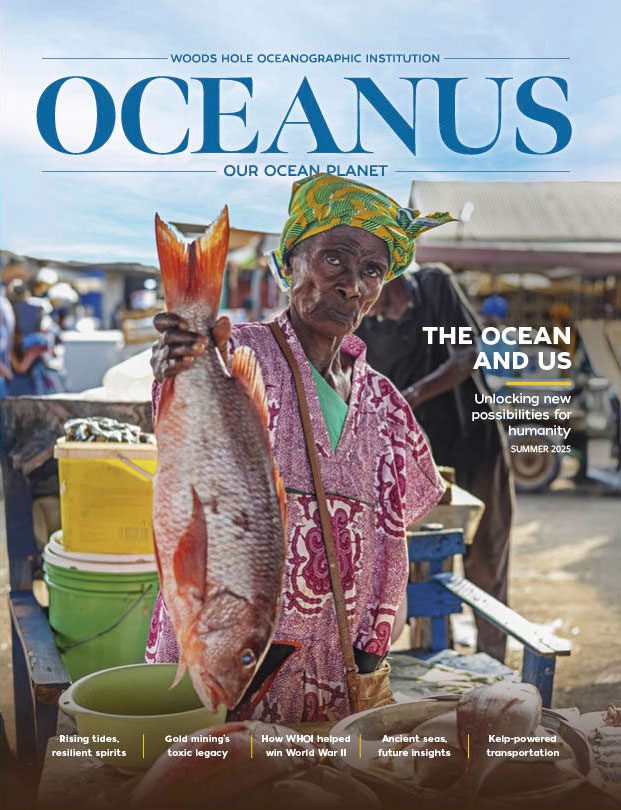 This article printed in Oceanus Summer 2025
This article printed in Oceanus Summer 2025
In the not-so-distant future, seaweed might provide biofuel to power planes, trucks, cars, and ships. The technology to harness the power of seaweeds is very much in development, and WHOI researchers are at the forefront of this exciting new venture. The idea is to transition the primary source of biofuels from land-based crops to fast-growing kelp—that is, to shift the energy sector from agriculture to aquaculture.
This line of research began in 2018 when the U.S. Department of Energy created the MARINER program: Macroalgae Research Inspiring Novel Energy Resources. MARINER provides funding for researchers to investigate ways to improve the energy content of kelp and identify farming techniques that maximize yield. The goal is to make seaweed farming cost-effective. With more than 4.5 million hectares of U.S. coastline well suited to farming kelp, it could eventually supply up to 10% of the nation’s liquid fuel needs.
Farming the ocean has several benefits, according to WHOI aquaculture research specialist Scott Lindell. The ocean is a vastly underutilized space; farming there could free up land for other uses—growing crops for food rather than biofuels, for example. Aquaculture also provides environmental benefits. It doesn’t require the use of diminishing freshwater resources, and there’s no need for fertilizers or pesticides—coastal seawaters have all the nutrients and sunlight that seaweeds need.
Even better, kelp can remove nutrient pollution from coastal areas, cleaning the water while turning those excess nutrients into new tissues. As it grows, seaweed can absorb carbon dioxide rather than producing it like land-based livestock. If that’s not enough, kelp farms have been shown to provide habitat for a wide variety of marine life.
Lindell and his team at WHOI work in partnership with the University of Connecticut – Stamford, USDA, Cornell University, University of New Hampshire, and GreenWave. Each organization plays a role in the overall process, with WHOI focusing on improved yield—the total amount of kelp that can be grown per meter (or foot). Lindell and WHOI techno-economic analyst Hauke Kite-Powell identified crop yield as the most impactful place to start.
“We focused our efforts on trying to selectively breed strains that produce greater yield,” Lindell said.
To achieve this, the team collected a genetically diverse pool of 500 male and 500 female varieties of kelp. From this pool, they selectively cross-bred individuals to select for a variety of traits. Traditionally, that process would have been long and time-consuming, but modern technology sped things along considerably. The team sequenced the entire genome of each parent and matched the individual’s genome to its physical traits: the length and width of its leaf-like blades, sugar content, carbon and nitrogen content, and many others—about 50 traits in all.
The team fed the data into a model that helped identify which parents, when bred together, would create offspring with high yield or other desirable features, such as tolerance for warmer temperatures.
“We’re selecting many, many of the crosses to bring forward, not just a select few,” Lindell said. This approach is critical. Whereas traditional selective breeding tends to limit genetic diversity, the genomic modeling approach ensures high genetic diversity in each generation. Generations down the line, farmers will continue to have the diversity needed for selecting new traits. As the planet continues to warm, this diversity will be essential to long-term success.
“We’ve been getting two and three times the yield that is typically commercially seen with the common strains.”
—Scott Lindell, WHOI aquaculture research specialist
Although it’s still in the early stages, the program has been successful.
“We thought that, based on other crop-breeding projects, we might be lucky to get 10% to 20% improvement every generation, which in our case takes about a year or two,” Lindell said. But they were surprised to achieve much better results. “We’ve been getting two and three times the yield that is typically commercially seen with the common strains.” A typical yield is 4 to 6 kilograms per meter (2.7 to 4 pounds per foot). The team has now bred 20 different strains of kelp that produce more than 15 kilograms per meter (10 pounds per foot). One strain’s production was as high as 28 kilograms per meter (19 pounds per foot).
Researchers are now working to ensure kelp farms are safe for ocean life. They’re currently developing strains of kelp that can’t reproduce with wild strains, to keep wild kelp beds wild. The team is also watching out for animals, including whales. To date, there haven’t been any whale entanglements with kelp farms in U.S. waters, Lindell noted. He wants to keep it that way.
“I’m working on projects that look at different ways of making lines that can’t entangle a whale.” he said. The new lines will either be too stiff to wrap around a fluke or break easily should wrapping occur. “The resource managers are taking a precautionary approach, because even one less whale is one too many.”
